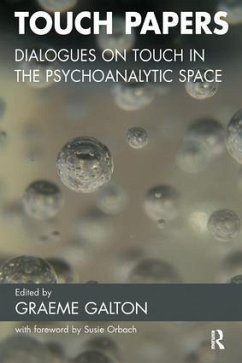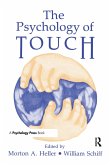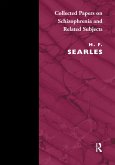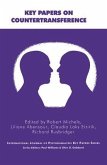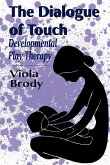For the first time, the controversial issue of physical contact in the consulting room is explored by distinguished psychoanalysts and psychotherapists representing a diverse range of psychoanalytic viewpoints. The contributors focus on the unconscious meanings of touch, or absence of touch, or unwelcome touch, or accidental touch in the psychoanalytic clinical situation. There are plenty of clinical vignettes and the discussions are grounded in clinical experience. Out of all medical and therapeutic treatments, psychoanalysis remains one of the very few that uses no physical contact. Sigmund Freud stopped using the 'pressure technique' in the late 1890s, a technique whereby he would press lightly on his patient's head while insisting that they remembered forgotten events. He gave up this procedure in favour of encouraging free association, then listening and interpreting without touching his patient in any way. Psychoanalysis was born and the use of touch, as a technique reminiscent of hypnosis, was explicitly prohibited. The avoidance of physical contact between the analyst and patient was established as a key component of the classical rule of abstinence.
Hinweis: Dieser Artikel kann nur an eine deutsche Lieferadresse ausgeliefert werden.
Hinweis: Dieser Artikel kann nur an eine deutsche Lieferadresse ausgeliefert werden.

